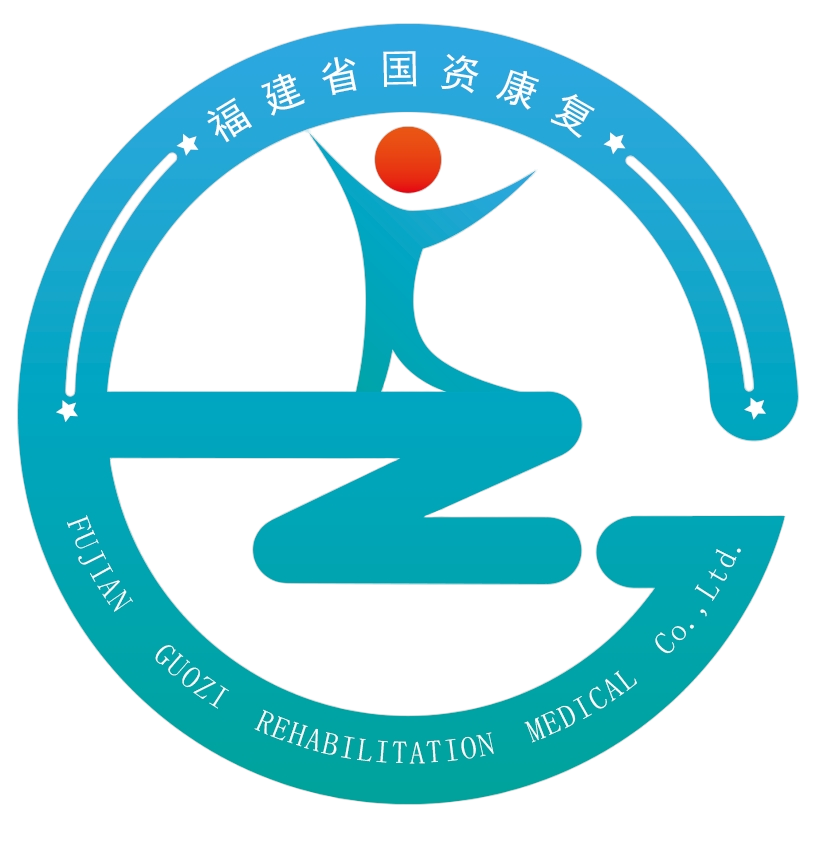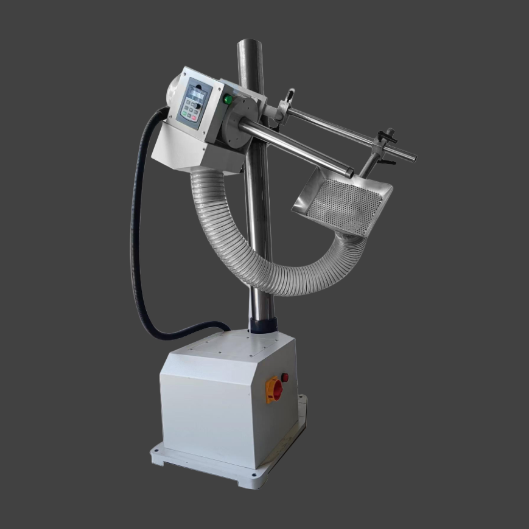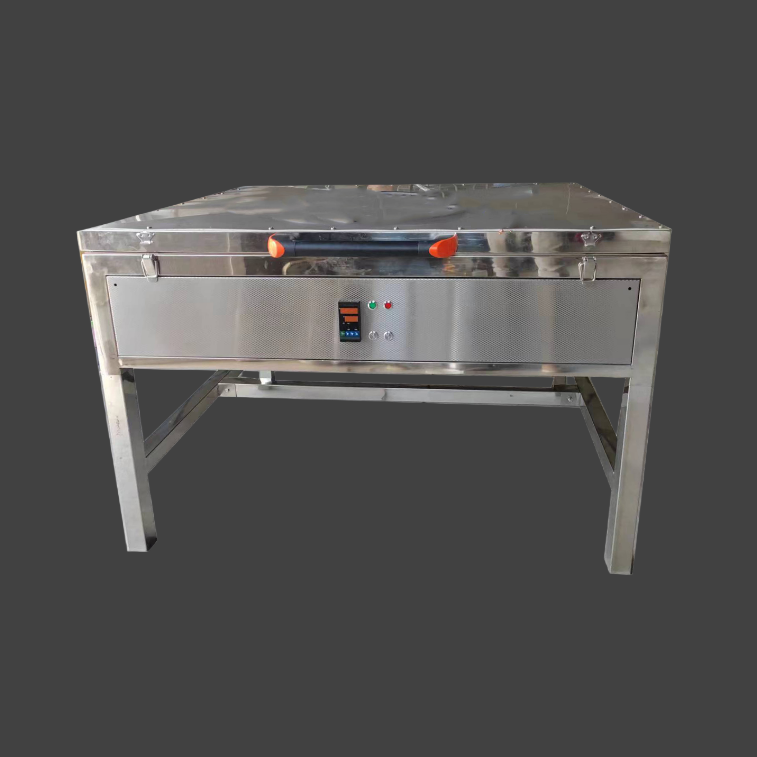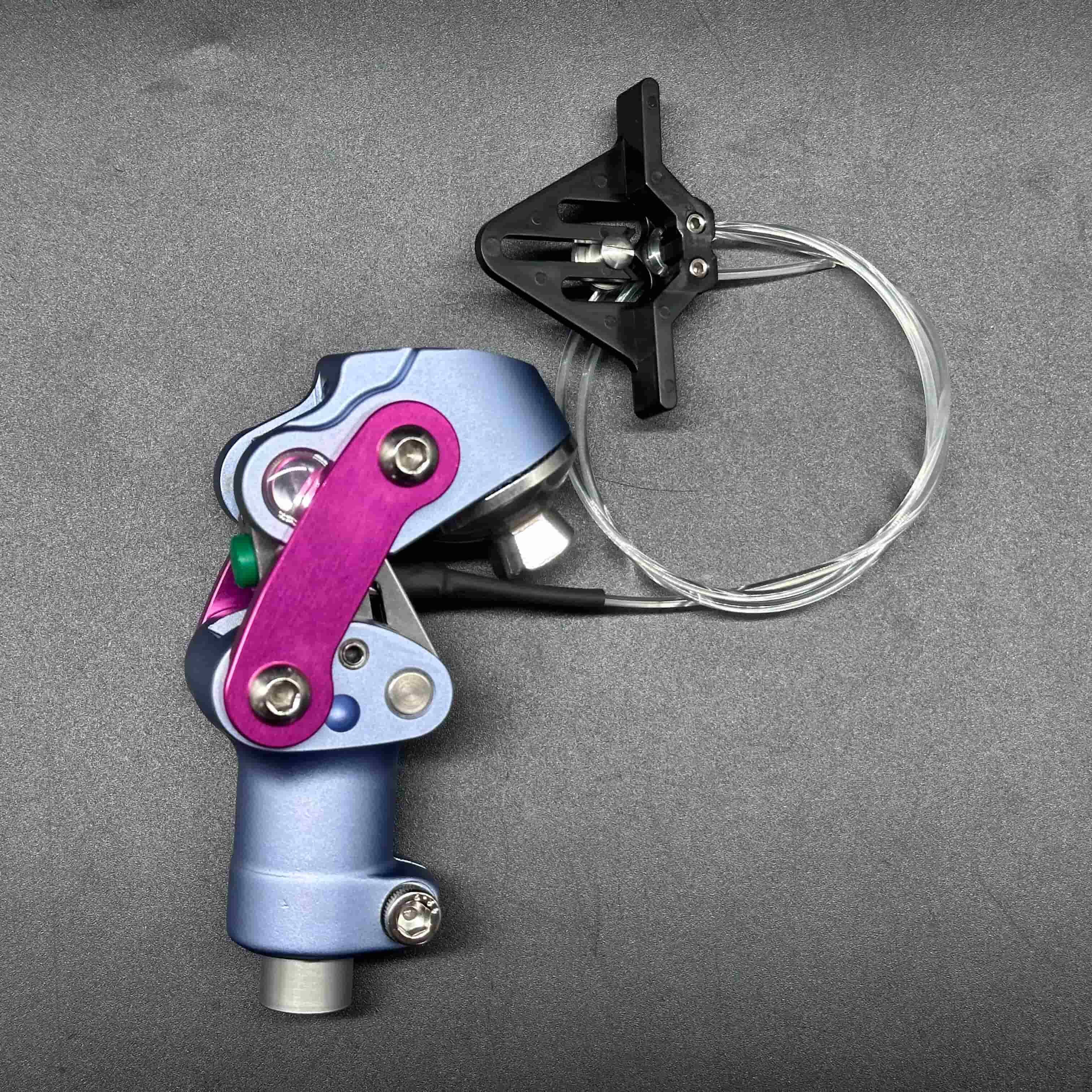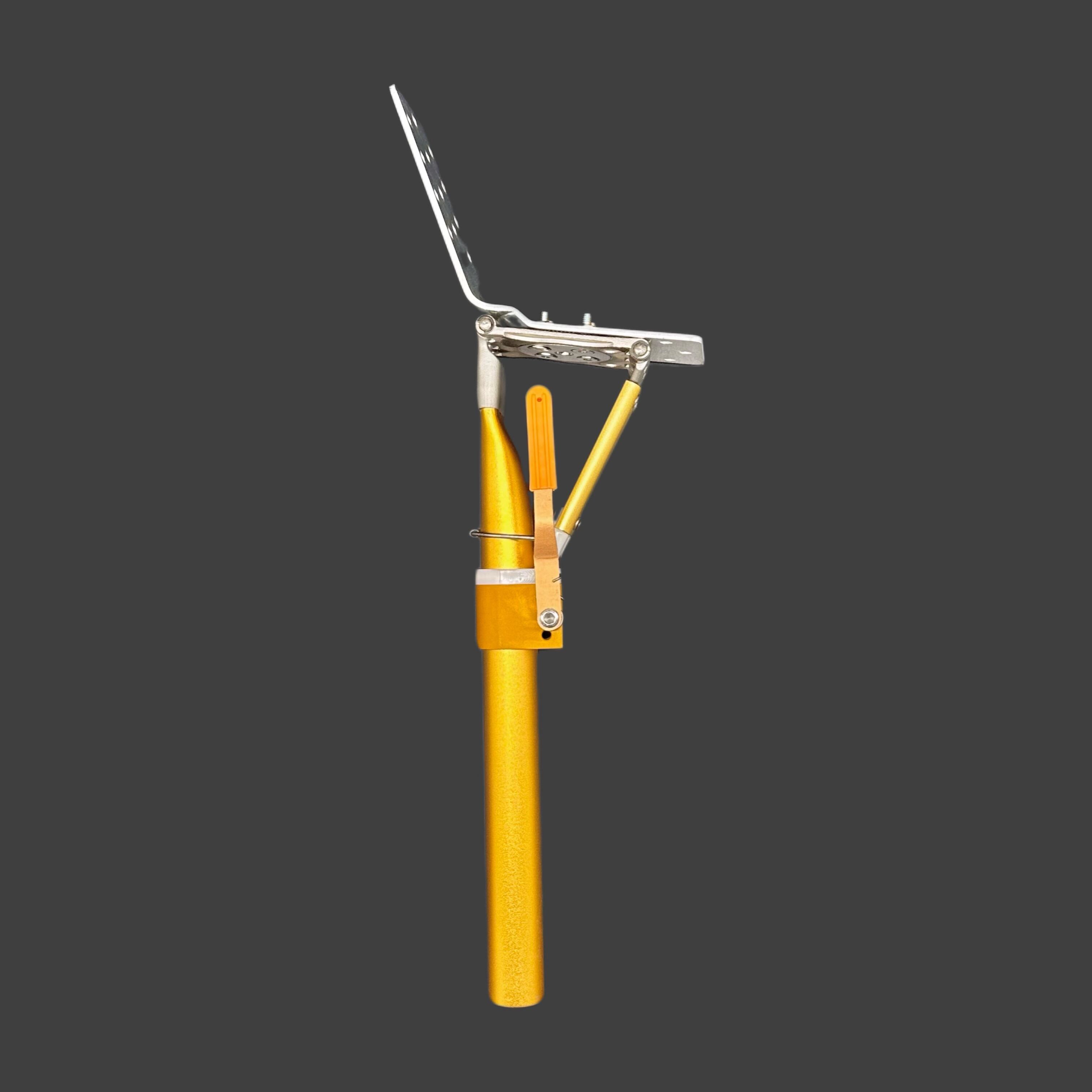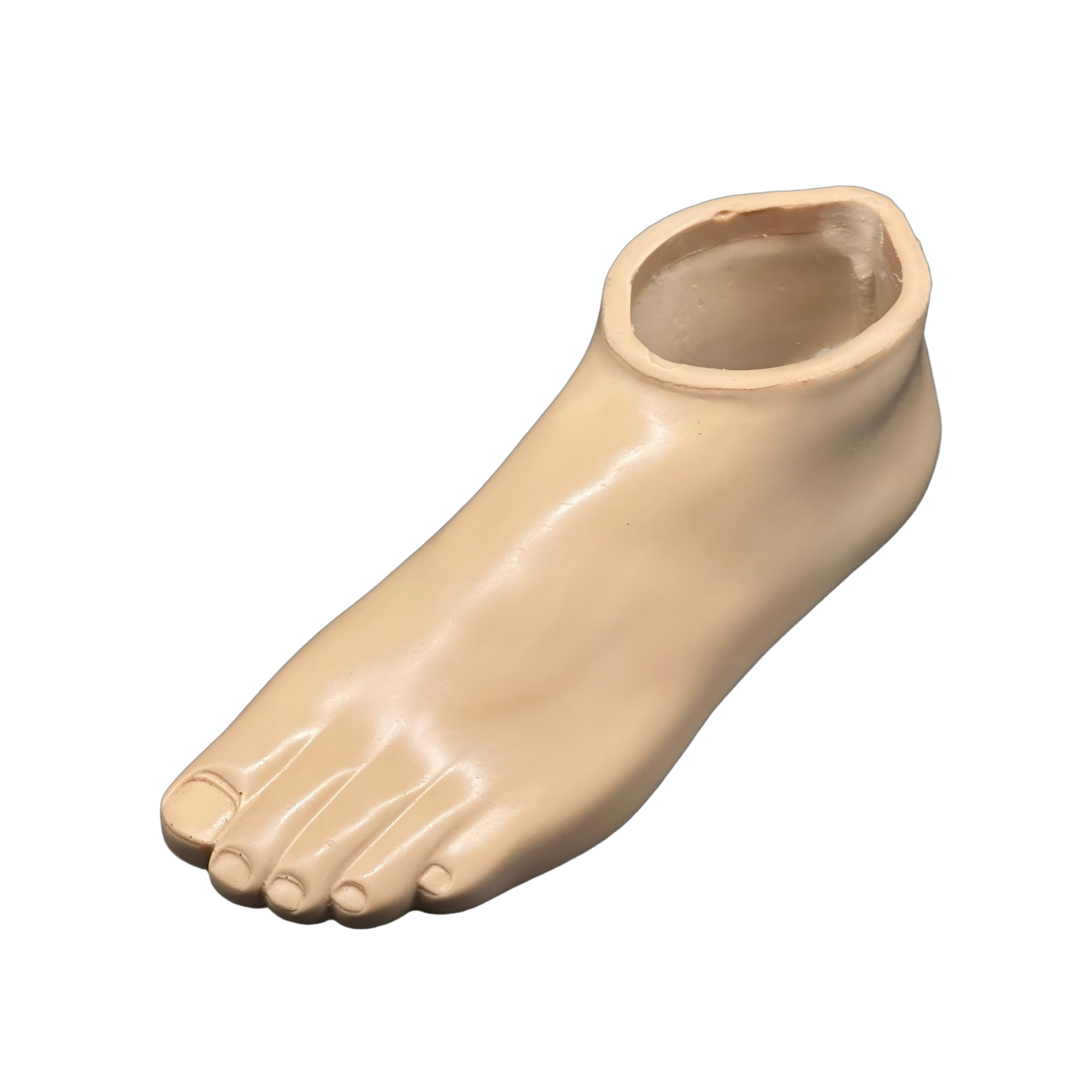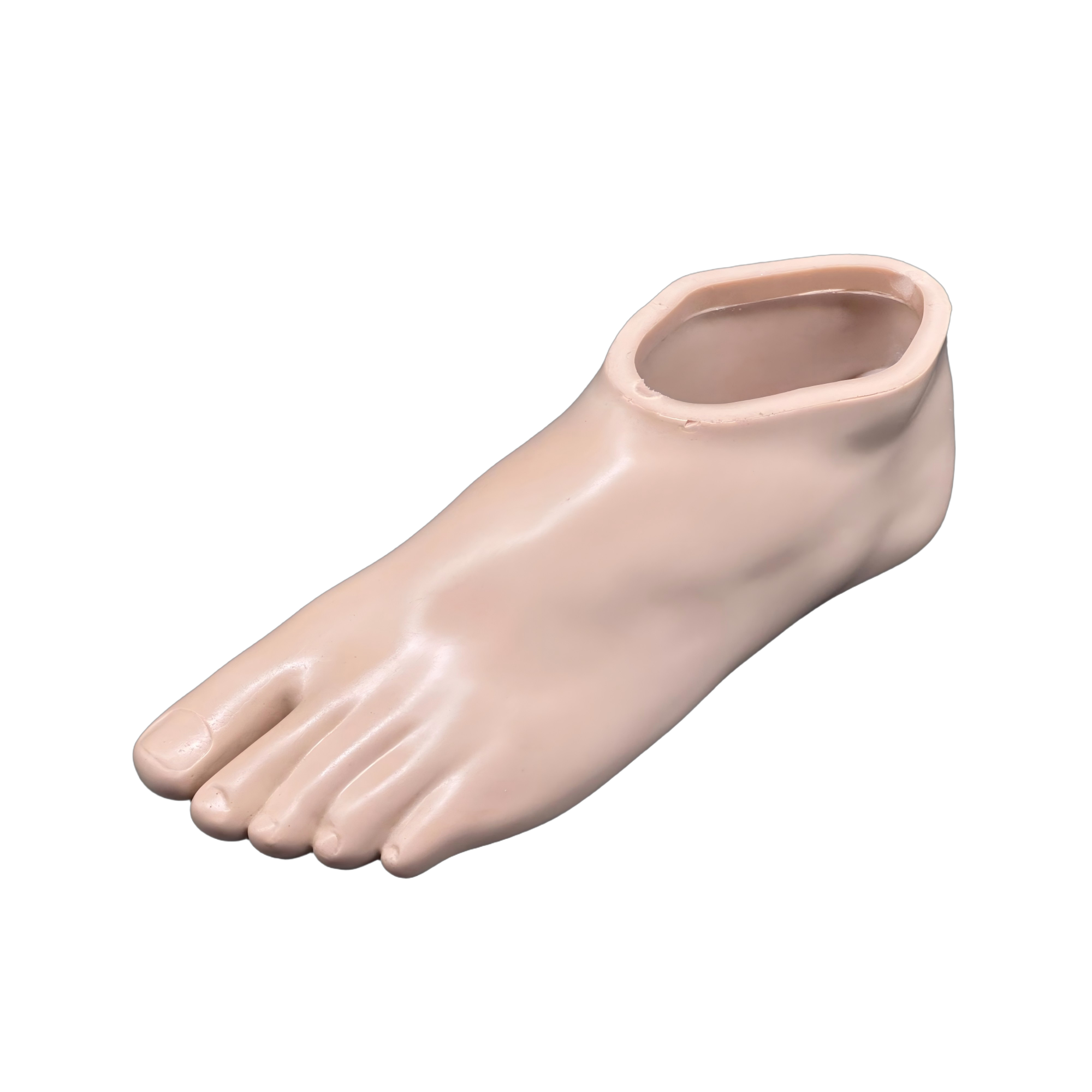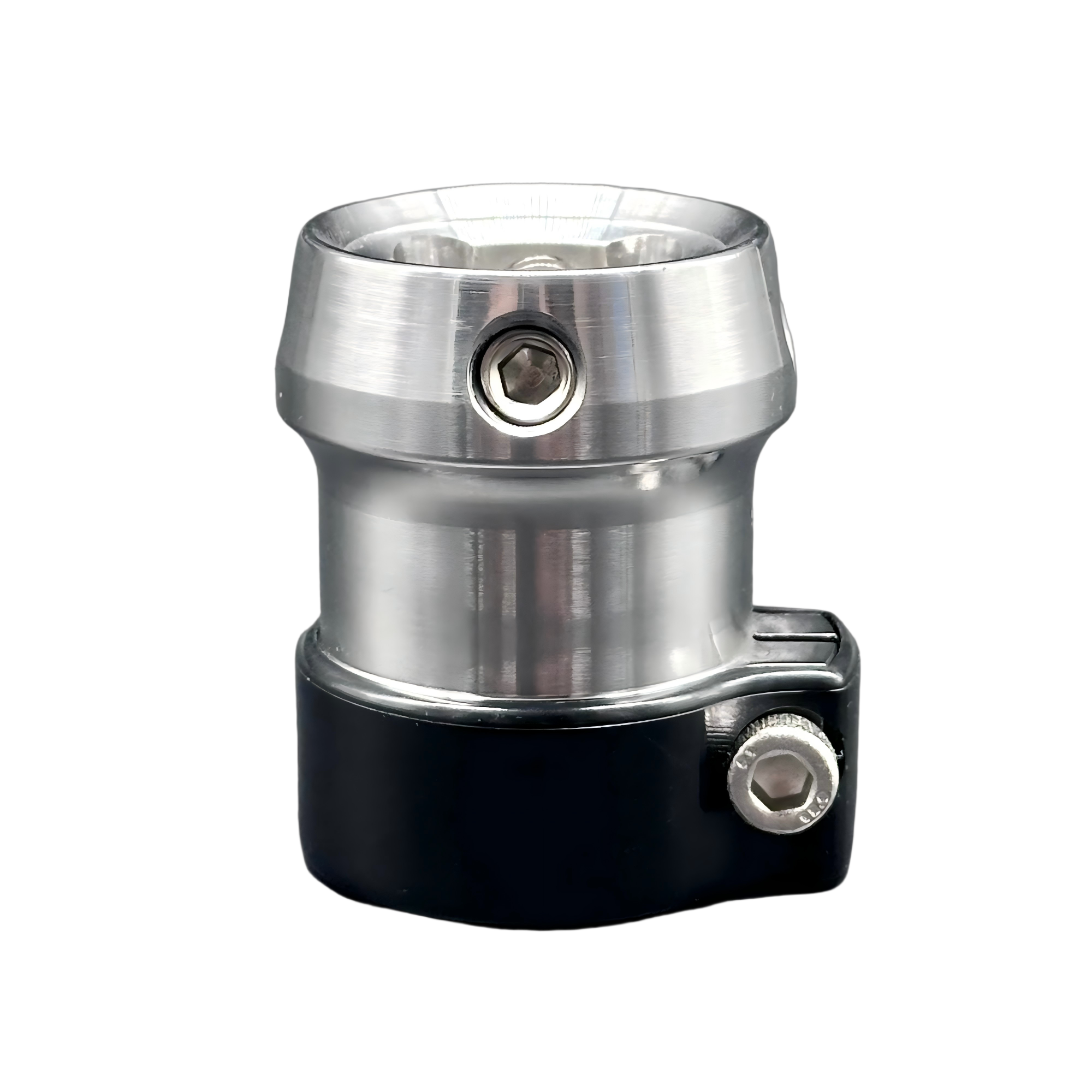Avancerat mikroprocessorstyrt system
Hörnstenen i moderna transfemorala proteser är deras sofistikerade mikroprocessorstyrda system, som revolutionerar användarupplevelsen genom anpassning i realtid och intelligenta svarsfunktioner. Detta system övervakar och justerar kontinuerligt protesens beteende baserat på användarens rörelsemönster, gångfart och miljöförhållanden. Flera sensorer i enheten samlar in data om position, acceleration och tryck, och bearbetar denna information tusentals gånger per sekund för att göra omedelbara justeringar. Denna responsiva teknik möjliggör smidiga övergångar mellan olika aktiviteter, från att gå på plan mark till att ta trappor eller sluttningar, utan att kräva manuella justeringar från användaren. Systemets prediktiva funktioner förutspår rörelseintentioner och erbjuder förebyggande stabilitetskontroll, vilket minskar den kognitiva belastningen på användaren under dagliga aktiviteter.


